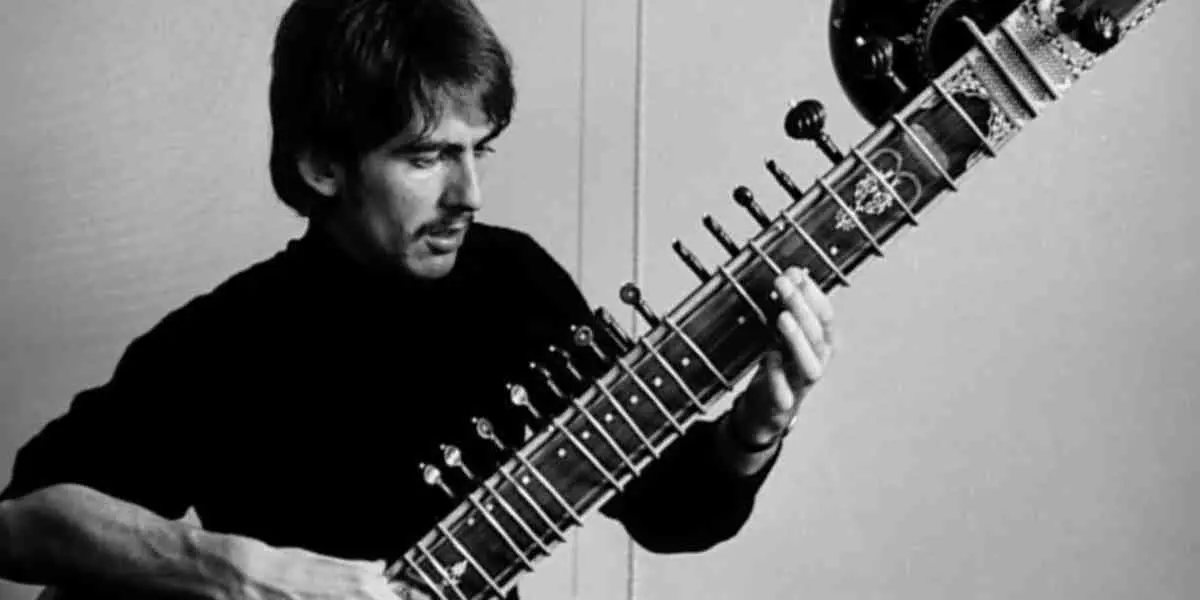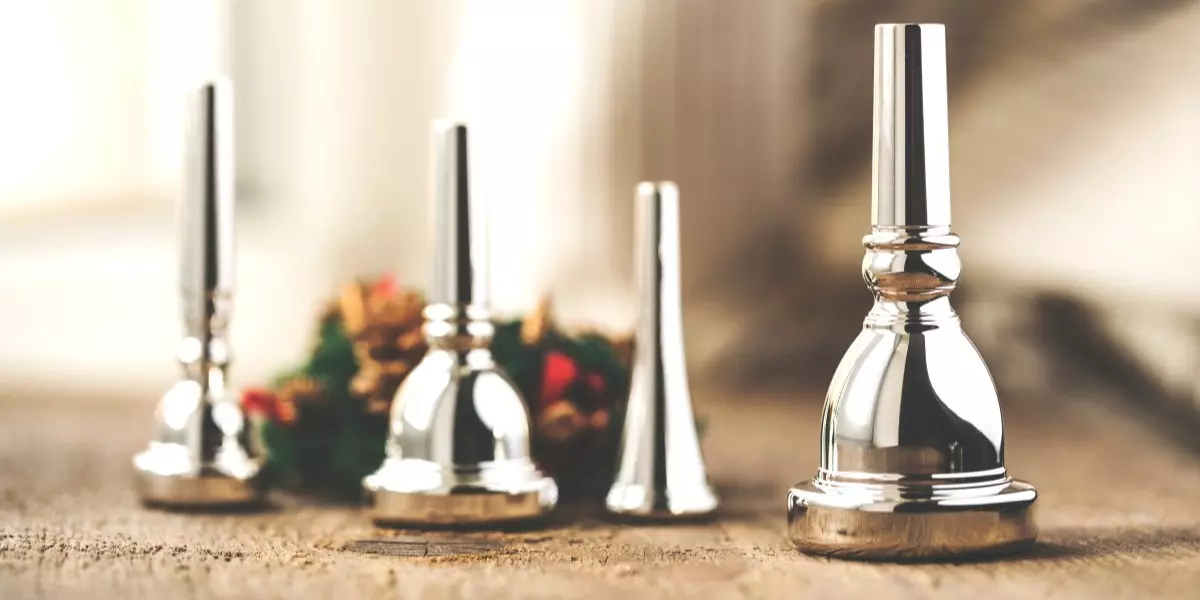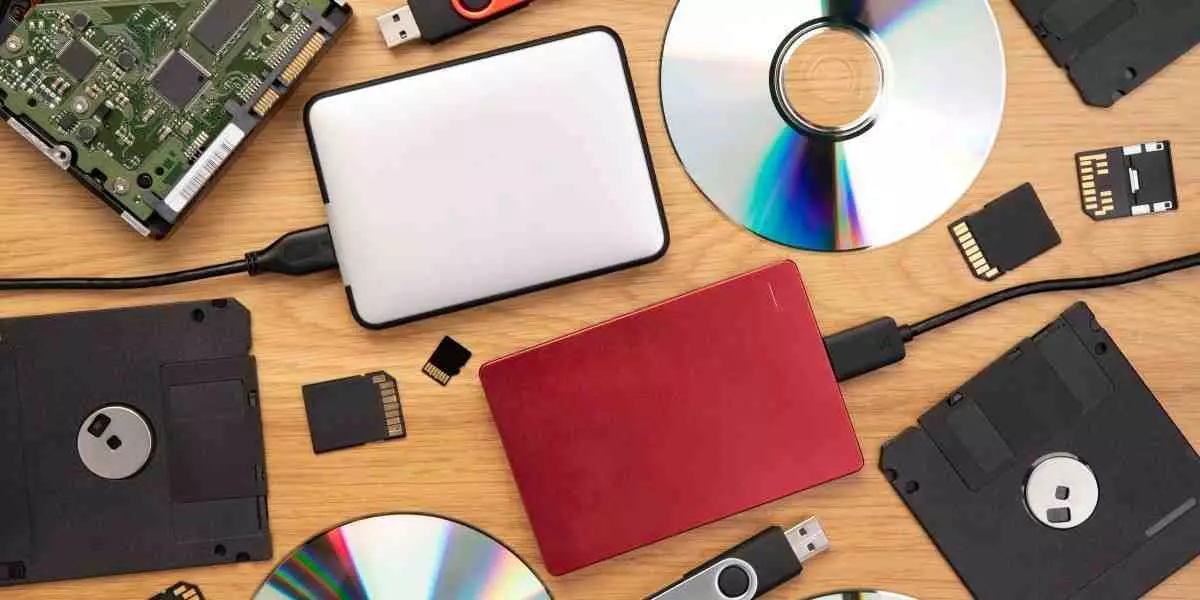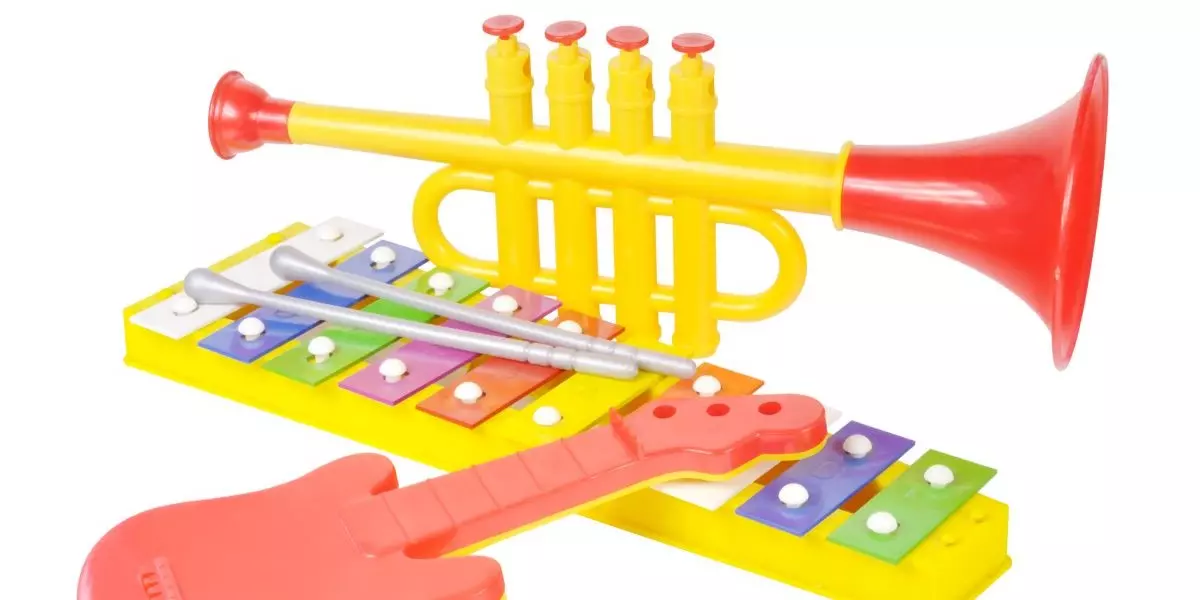Maximizing Your Practice Time
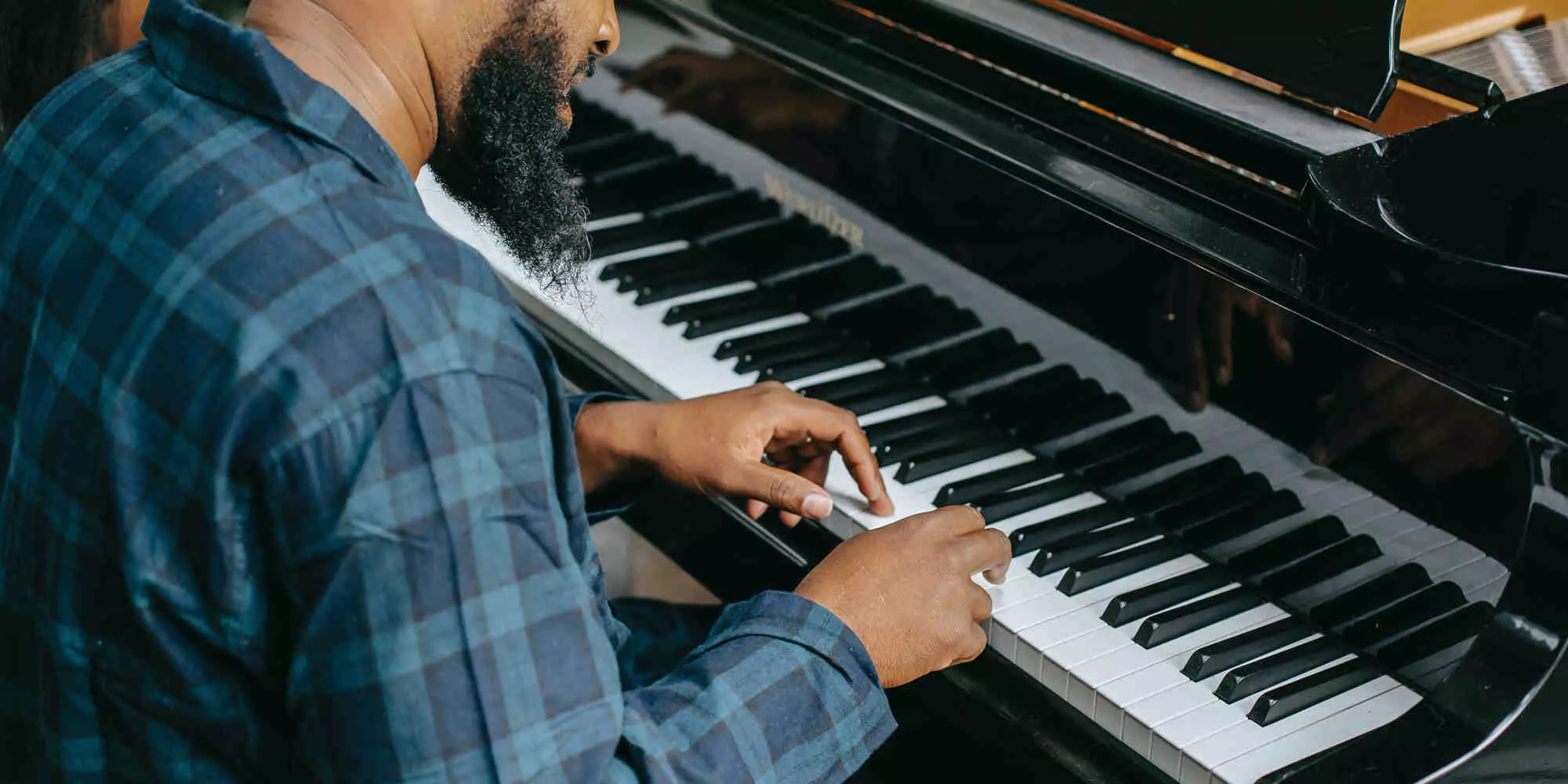
Have you ever got stuck while practicing - that feeling like you're just not getting any further with a piece of music, or a section in a song? Have you ever felt like your brain is just not letting you move forward? Well, here's the good news and bad news: it's true!
Most of the time, the reason you struggle to retain information, or you're unable to figure out a difficult chord or pattern, is all in your head. Here are a few tips for hacking your own brain and maximizing your learning curve to get the most out of your practice time.
Patience.
First of all, consider the “learning curve”, and what it is. The way the human brain processes information is much the same way that the stomach processes food; you can only eat so much before you get full. The brain is similar: focus, once it has received so much information, needs time to digest before it can absorb more.
If you were to look at the learning curve on a graph of learning over time, it would resemble a staircase. When you pick up an instrument for the first time, you tend to learn things very quickly, and then after a while you feel like you've hit a plateau where no matter what you do, you just can't progress.
The best way around this is to simply acknowledge the fact, and keep practising through it. It may feel like you're not getting anywhere, but in fact you are. The subconscious is always working on things in the background. Be patient with yourself and give yourself time to absorb what you've learned. Give your progress permission to slow down.
Schedule your practice time.
Learning an instrument is a commitment you make to yourself, and an investment in your own happiness. That said, life provides a lot of other commitments as well, and music can easily fall by the wayside when things get busy. Honour your practise time in the same way you would a job – make it equally as important, slot out some time throughout your week that you can practice, and you'll be able to excel much more quickly in your learning. Create a practice space that is easy to get to and can remain set up so that it is easy to jump in and play any time you find yourself with fifteen minutes to spare.
Frequency is the key.
It can seem unreasonable to schedule an hour of practice time every day as adults, and as kids, sitting down for that length of time can be difficult. Life tends to get very busy and leaving out practice is often the easiest sacrifice to make. On top of that, when you finally do sit down to do some work, it can turn into time spent noodling around instead of drilling techniques.
Playing around is fun, and you should spend time playing for fun, but playing for fun and practicing are not the same thing. It is nearly impossible for most of us to concentrate intensely for extended periods of time. Try keeping your practice sessions short, 10 – 20 minutes, but multiple times a day. It's much easier to pick up your instrument for a few minutes here and there throughout the day, than it is to set aside a larger chunk of time.
Perfect practice makes perfect.
Practice slowly and deliberately. If you are struggling with something, consider the possibility that you are either: tackling too much all at once or you’re going too fast.
“Muscle memory” is a term frequently used by musicians, describing a type of memory which consolidates a specific motor task into memory through repetition. Put simply, when you make mistakes because you're practicing too quickly, you are actually practicing those mistakes.It's much more difficult to unlearn a mistake than it is to learn it correctly to begin with.The trick is to practice the difficult section or technique as slowly as you need to in order to make it perfect. As you speed it up gradually it will stay perfect.
Practice deliberately.
Decide what it is that you want to work on before you even lay hands on your instrument. Having a game plan for what you're going to do with your time while practicing will minimize how much time is wasted on practicing the things that don't need the work.
While it is worthwhile to practice the performance, and make it musical once the parts are put together, it takes much longer to get through an entire piece than just the problem areas. Be aware of where the mistakes are being made and focus specifically on those areas. Once you've mastered a problem area, start adding in the sections around it to make sure you can not only play the difficult section, but also play through it. Once you're comfortable with it, move on to the next problem area. Practice the whole piece once you can play through all the parts relatively well.
Get some guidance.
It's always a good idea to bounce your performances off of someone to make sure that others think your playing is improving as much as you do. The most objective people are teachers. It is possible to fumble your own way through learning an instrument via the internet, books, and watching videos, but it will always be faster and less frustrating to get some feedback from someone who has already been down that road, and can show you some shortcuts. Most Long & McQuade stores have a lesson centre, with many highly qualified teachers who can show you a more efficient way to learning your instrument, and getting the most out of the time you spend practicing.
Book lessons at your local Long & McQuade Music Lesson Centre today!
Check out our other blog 6 Things to Consider BEFORE You Sit Down to Practice.
* * *
Chad works at Long & McQuade in Cambridge, ON.


